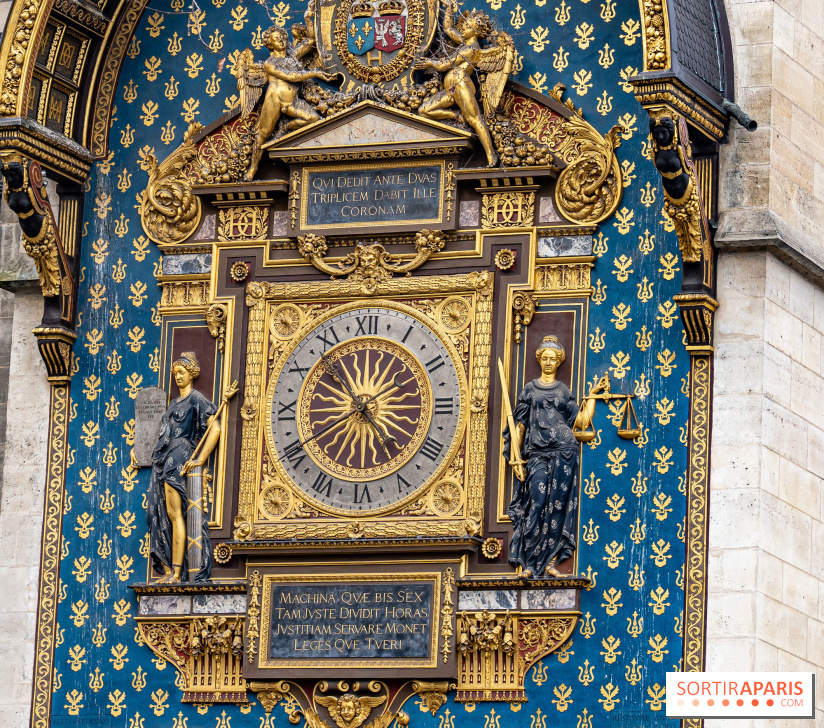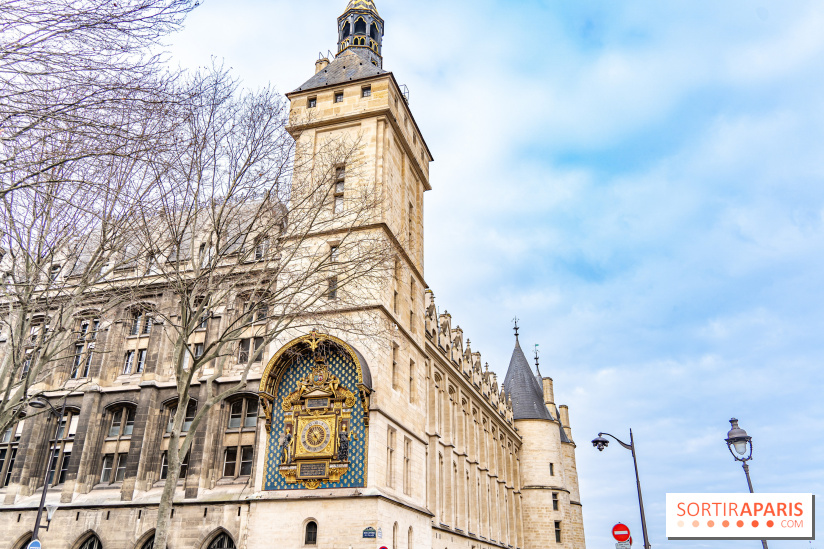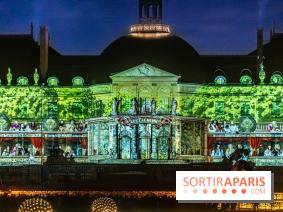The oldest clock in Paris is that of the Palais de la Cité on the Île de la Cité, commissioned by Charles V in 1370 for the palace's northeast tower. It was designed by Henri de Vic and installed in 1371. It is considered thefirst public clock in Paris, and was a symbol of the French monarchy's assertion of its regal functions and emancipation from the Church.
Did you know that the installation of this clock was a revolution for Parisians in the Middle Ages? In those days, very few towns had public clocks, and most inhabitants still relied on the sun or church bells to set the pace of their day. Thanks to this technological advance, Paris was in the vanguard of European cities when it came to modernization. The clock enabled residents to better organize their time, a considerable change at a time when the notion of measured time was still hazy.
Before this clock, only churches told the time. Parisians relied on church bells to keep track of time. This clock marks a turning point in history by giving the King's time. It symbolizes the emancipation of the monarchy and the state from the power of the church.
The original clock underwent several transformations over time, notably by kings Henry II, Henry III and Henry IV, who added decorations and ornamental elements. Henri III added a dial. The current dial was rebuilt in 1849, based on plans for a clock dating back to 1686 under Louis XIV.
The clock mechanism of the Palais de la Cité has been restored several times, most recently in 2011-2012. This restoration was carried out by the Swiss watchmaking company Ulysse Nardin, who worked from a precise description of the clock dating from 1852 to restore it to its original appearance.
The clock's square dial is adorned with royal symbols such as fleurs-de-lis and flaming rays. Allegorical figures represent Law and Justice. The dial is surmounted by a royal mantle of France, also decorated with fleurs-de-lis.
The Palais de la Cité clock is located on one of the towers of the Conciergerie, which was part of the Palais de la Cité. This tower was built in 1353 on the orders of Jean II le Bon to reinforce the Palais' defences during the Hundred Years' War. It is 47 meters high and topped by a belfry and lantern.
But that's not all! A fascinating anecdote tells how, on several occasions over the centuries, revolts broke out in Paris precisely when the clock was striking. In 1588, at the time of the Sixteen's revolt against Henry III, the clock's chimes echoed through the streets, marking a turning point in the political events of the time. So, even as a simple clock, it has sometimes played a symbolic role in the capital's troubled history.
For the curious, this clock is located on the Quai de l'Horloge, not far from the Sainte-Chapelle and Notre-Dame Cathedral. Look up to admire the gilded dial, where allegorical figures silently watch over the passage of time.
Today, the Palais de la Cité clock is considered one of the most emblematic symbols of Paris, and a popular tourist attraction. It also bears witness to thecity's history and the evolution of watchmaking technology. Don't hesitate to come and rediscover this historic object, a true piece of heritage. A wonderful discovery to make on a stroll through medieval Paris!
Location
Conciergerie
2 Boulevard du Palais
75001 Paris 1
Access
Metro line 1 "Chatelet" station, line 4 "Cité" station
Prices
Free
Recommended age
For all























